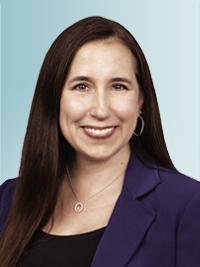Most employers establish retirement plans to help employees save for retirement. Retirement plan distributions are limited, but SECURE 2.0 eased restrictions for plan participants. The new distribution provisions are optional; the Plan Sponsor can elect to adopt all, some, or none. Plan sponsors generally have until December 31, 2026, to adopt the SECURE 2.0 plan amendments. The new distributions are subject to income tax but exempt from the 10% tax on early withdrawals. The below applies to plan sponsors of 401(k), 403(b), and governmental 457(b) plans.
Domestic Abuse
Beginning in 2024, sponsors of retirement plans will have the option to permit participants who are victims of domestic abuse to take a distribution from the plan. The abuse could be directed towards the participant, their child, or another family member living in the same household. Participants will be required to self-certify their eligibility. The distribution is subject to the following restrictions:
- The distribution is made within 1 year from the date the individual becomes a victim of domestic abuse by a spouse or domestic partner.
- The distribution may not exceed the lesser of $10,000 (indexed for inflation) or 50% of the participant’s vested balance.
Emergency Personal Expense
Starting in 2024, plan sponsors can elect to allow participants with unforeseeable or immediate financial needs related to personal or family emergency expenses to take a distribution. The participant would self-certify their eligibility. The restrictions for this distribution are:
- The distribution may not exceed the lesser of $1,000, or the participant’s vested balance reduced by $1,000.
- It is allowed once per calendar year.
- Unless the amount is repaid to the Plan or the participant made salary deferrals equal to the distributions, additional distributions cannot be taken during the immediately following 3 calendar years.
Federally Declared Disasters
Plan sponsors can elect to allow participants to take a qualified disaster recovery distribution (QDRDs). The restrictions for this distribution are:
- The participant’s principal residence must be in the disaster area (defined by The Federal Emergency Management Agency) at any time during the incident period.
- The participant must have sustained an economic loss because of the disaster.
- The amount of the distribution shall not exceed $22,000 per disaster.
- Distribution can be made on or after the first day of the incident period of a qualified disaster, up to 180 days after the applicable disaster date.
The above provides highlights of the new distribution provisions, please contact us to schedule a consultation for additional guidance before adopting the new distribution provisions.





